Waking up with a breakout or acne flare-up is one of the worst things that can happen to any girl. But here's something even worse - the marks and scars these pimples leave behind! While some heal with time, others damage the skin at a deeper level creating small holes in the skin, and these are referred to as pockmarks. While picking at your acne doesn't always lead to pockmarks, it surely is one of the causes. There are several other things that lead to this dreadful skin problem, but who knows a skin problem better than a skin specialist? We got in touch with _**dermatologist Dr. Ameesha Mahajan **_of RM Aesthetics, Amritsar, to know the causes of pockmarks and treatment options, both clinical as well as natural.
01What are pockmarks and what causes them?
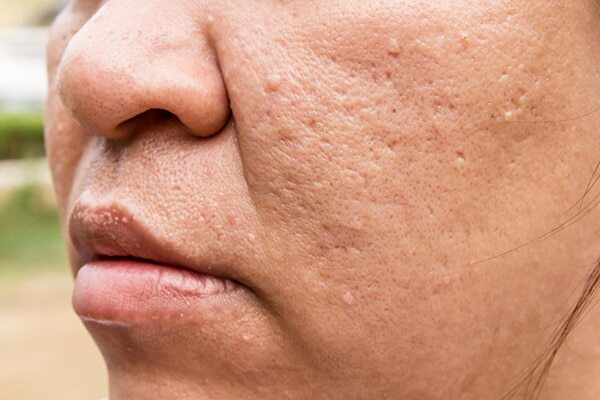
"Pockmarks are concave scars that look like holes or indentations in the skin. They occur when the deeper layer of our skin, that is the dermal layer gets damaged. The damage can be due to severe acne, chickenpox or any deep skin infection. When the dermis heals, the collagen production in the area is unevenly distributed, leading to these marks. Since the uneven distribution doesn't match the rest of the collagen of our normal skin, it looks very noticeable. This uneven textured skin is very difficult to hide, even with makeup," says Dr. Mahajan.
02What are the treatment options?
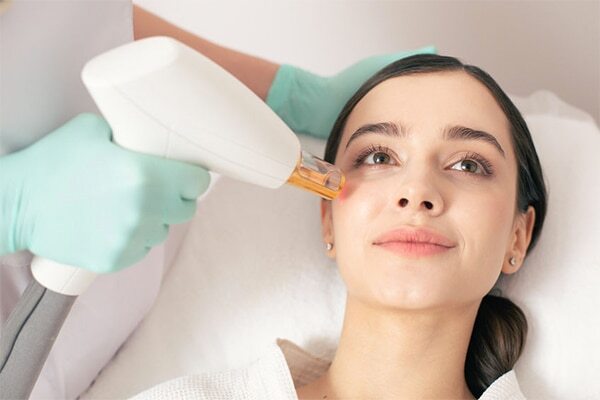
According to Dr. Mahajan, "There are several treatment options for pockmarks. A combination of various treatments according to the skin type gives the best results. The most effective modalities are:
Fractional CO2 Laser -
A CO2 laser is the gold standard treatment for most scars. It stimulates regeneration in the scar and helps in collagen remodeling. It has a downtime of five to seven days and needs strict use of sunscreen post-procedure to avoid any side effects. Multiple sittings are required, but the results are visible after the first sitting itself. In some cases, they return in about one year after the last sitting.
Microneedling -
Microneedling or collagen-induction therapy is a treatment in which multiple needles are used to puncture the scar at a varying depth of 0. 5 - 3 mm using a derma roller or a dermapen. As these punctures heal, the skin produces collagen and helps improve the marks. Multiple treatments are required over a period of time to get the desired results.
MNRF -
Microneedling with radiofrequency is a more advanced form of microneedling. When the specialised needles puncture the skin, they simultaneously deliver radiofrequency energy at the base of the scar thus giving better results when compared to microneedling alone. The downtime is significantly less when compared to laser therapy. So it's a good option for people who cannot spare the downtime of laser therapy.
Dermal Fillers -
Dermal fillers are specialised molecules that are used in the dermis to give a lifting and regenerative effect. The most commonly used filler is a hyaluronic acid filler. It offers immediate results by lifting the depression of the scar and is a great quick-fix treatment option. The results last between a few months to a year.
Chemical peels -
Peels are one of the most common skincare treatments that offer quick results for skin problems like acne spots, wrinkles and scars. They do this by removing the top epidermal layer of the skin, thereby helping regenerate new skin cells. While chemical peels may not remove pockmarks, they can definitely reduce their appearance. Peels need to be done on a regular basis, depending on your skin type. Every two to four weeks is recommended for the best results.
OTC creams -
Although a little slow, treatment creams are also often recommended to people with pockmarks on their faces as the first option. They hydrate the skin thereby reducing itching and the active ingredients in these creams help minimise the appearance of scars. However, certain chemicals in these OTC creams can have a negative effect on the skin causing itching and irritation. It is best to consult a dermatologist to discuss the right treatment option for you based on your skin type and condition.
03How can we prevent pockmarks?
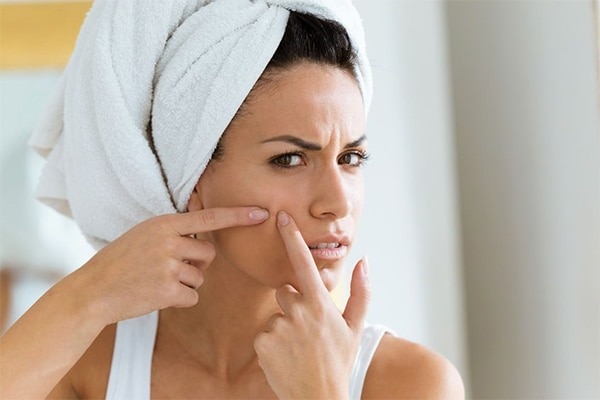
Prevention is always better than cure, and this stands true to skincare. We asked Dr. Mahajan what can be done in order to prevent pockmarks and here's what she said. "To prevent pockmarks, it is important that you do not pick on your skin whether it's acne or chickenpox or any skin infection that you may have. Also, timely treatment of any infection can prevent the infection from going deeper and thus preventing the scar formation," advises Dr. Mahajan. Since skin infection caused by bacteria is one of the causes, we recommend cleansing your skin thoroughly twice a day, especially if you have oily and acne-prone skin. As infections can lead to painful boils and then deep scars. Use non-comedogenic products that won't clog pores and invite more breakouts in the future.
04Any natural remedies that can help?
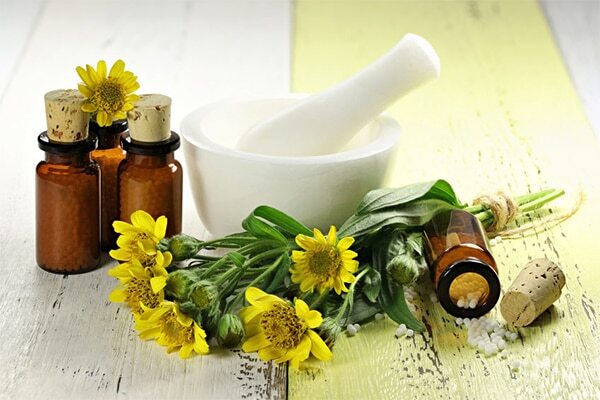
We know what you're thinking. Is there a natural way to get rid of pockmarks ? Well, with most skin concerns, there's always a slow, but natural and effective solution. Is that the case with pockmarks too? Yes, there is, a few natural ingredients like aloe vera, essential oils and coconut oil hydrate the top layer of the skin which accelerates the healing process and reduces the appearance of pockmarks. Here's what** Dr. Mahajan said**, "Natural remedies seldom help with pockmarks because the scarring is at a deeper level." Some of the treatment options that may give results are:
05- Aloe vera for pockmarks
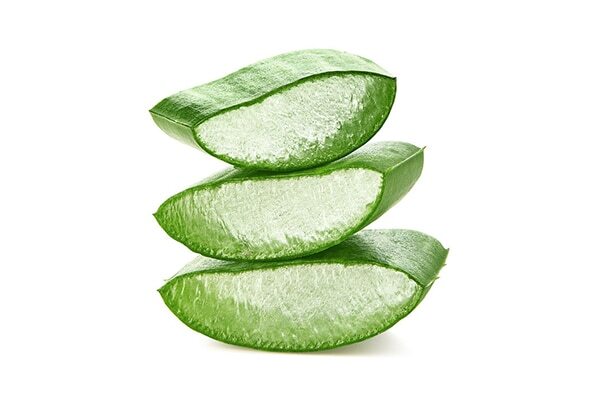
Moisturising the scar and massaging it, can really help in the early stages. Aloe Vera has soothing and antioxidant properties which help in yielding results. **Aloe Vera gel **can be used straight from a plant or a gel available over the counter can also be used. Apply at least twice a day on the pockmarks or all over the face to address your skin concerns.
06- Coconut oil for Pockmarks
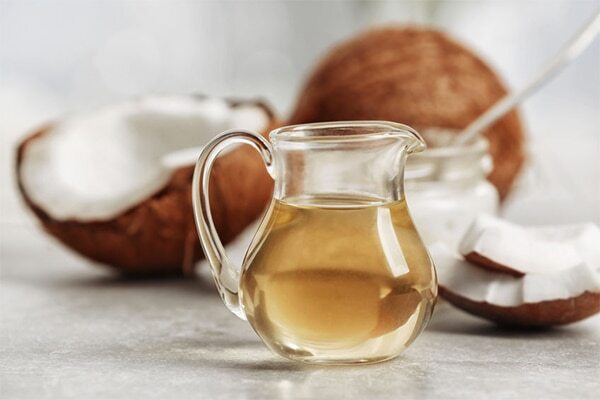
Another ingredient that has superior healing and nourishing properties is coconut oil. It is a great ingredient that helps with spots and scars. Use it to massage your scars for at least ten minutes, twice a day. This can help early on if you have just developed the scar. However, it should be avoided if you have acne-prone skin or have active pimples on your face as the oil can further aggravate acne and breakouts. Apart from the above tips recommended by Dr. Mahajan, you can also try a few essential oils to get rid of pockmarks. Here are a few you can start with.
07- Essential oils for pockmarks
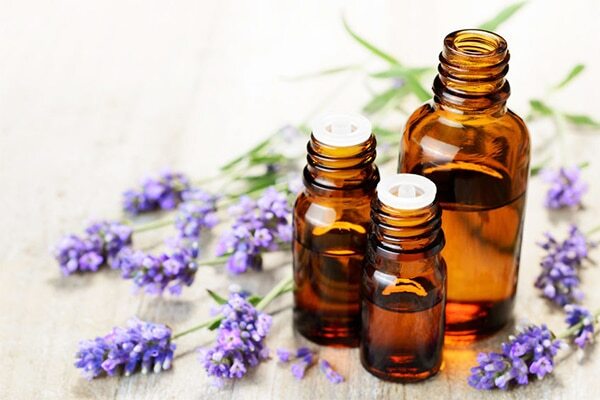
A few essential oils have the ability to minimise wounds and accelerate the healing process. Lavender and frankincense are two essential oils that can help reduce the appearance of scars and pockmarks. You should know that most wounds heal by themselves, however, pockmarks won't fade by themselves. It is best to consult a dermatologist to understand the best treatment options depending on your condition. In the meantime, take good care of your skin, follow a CTM routine with products that suit your skin type.








